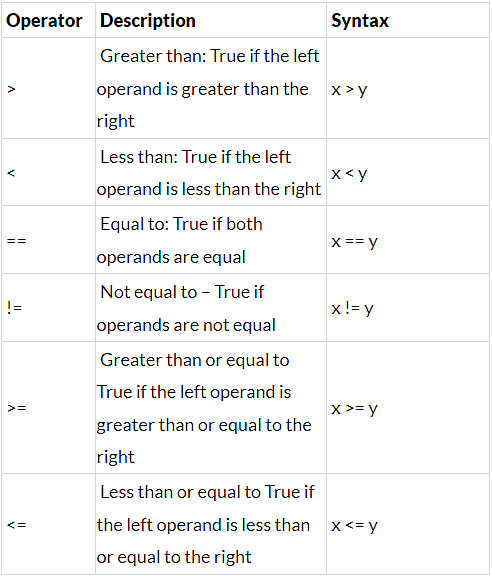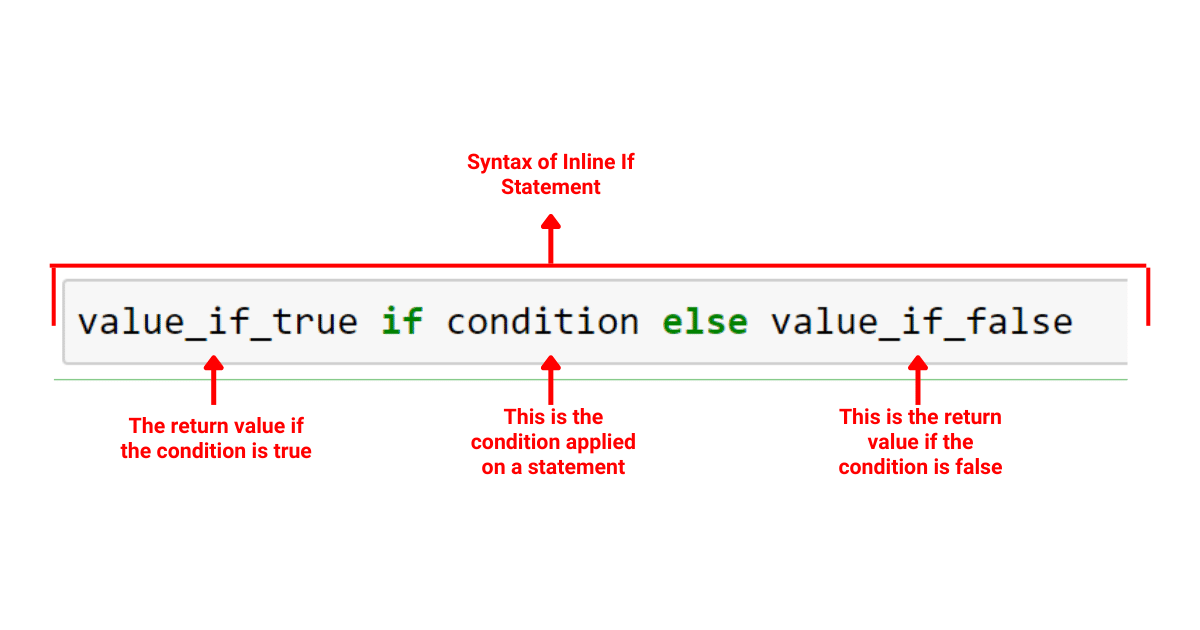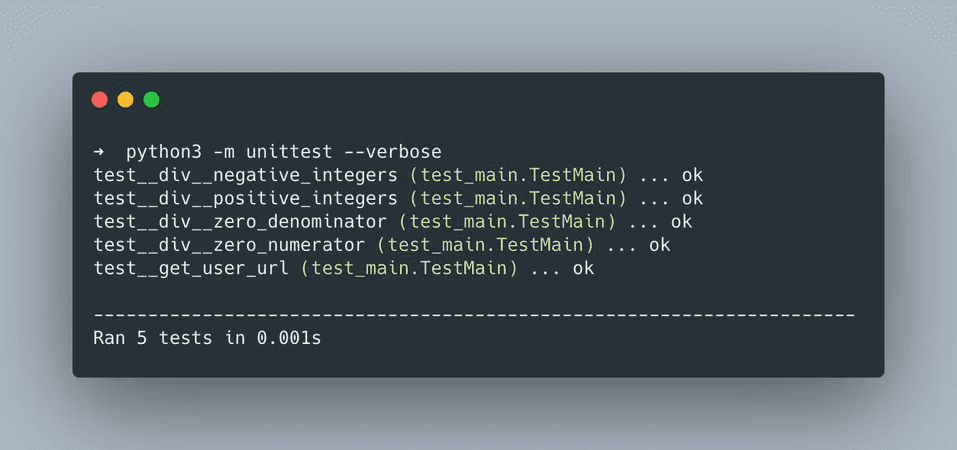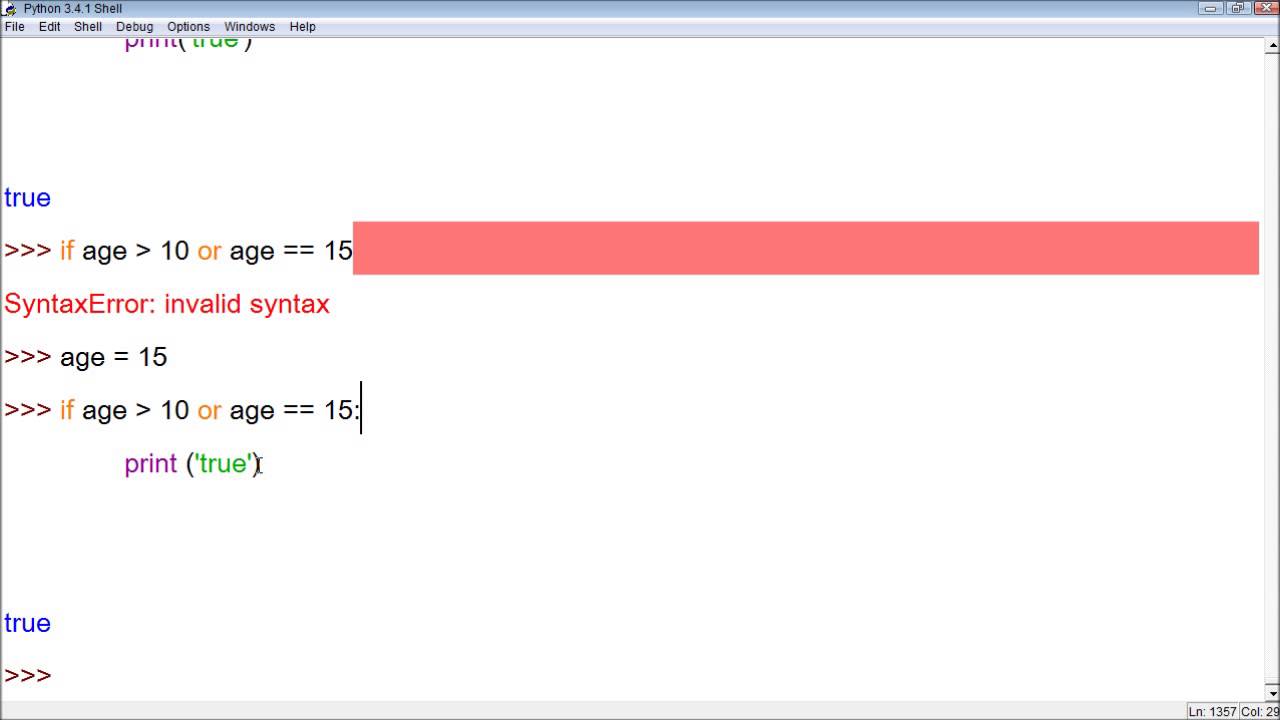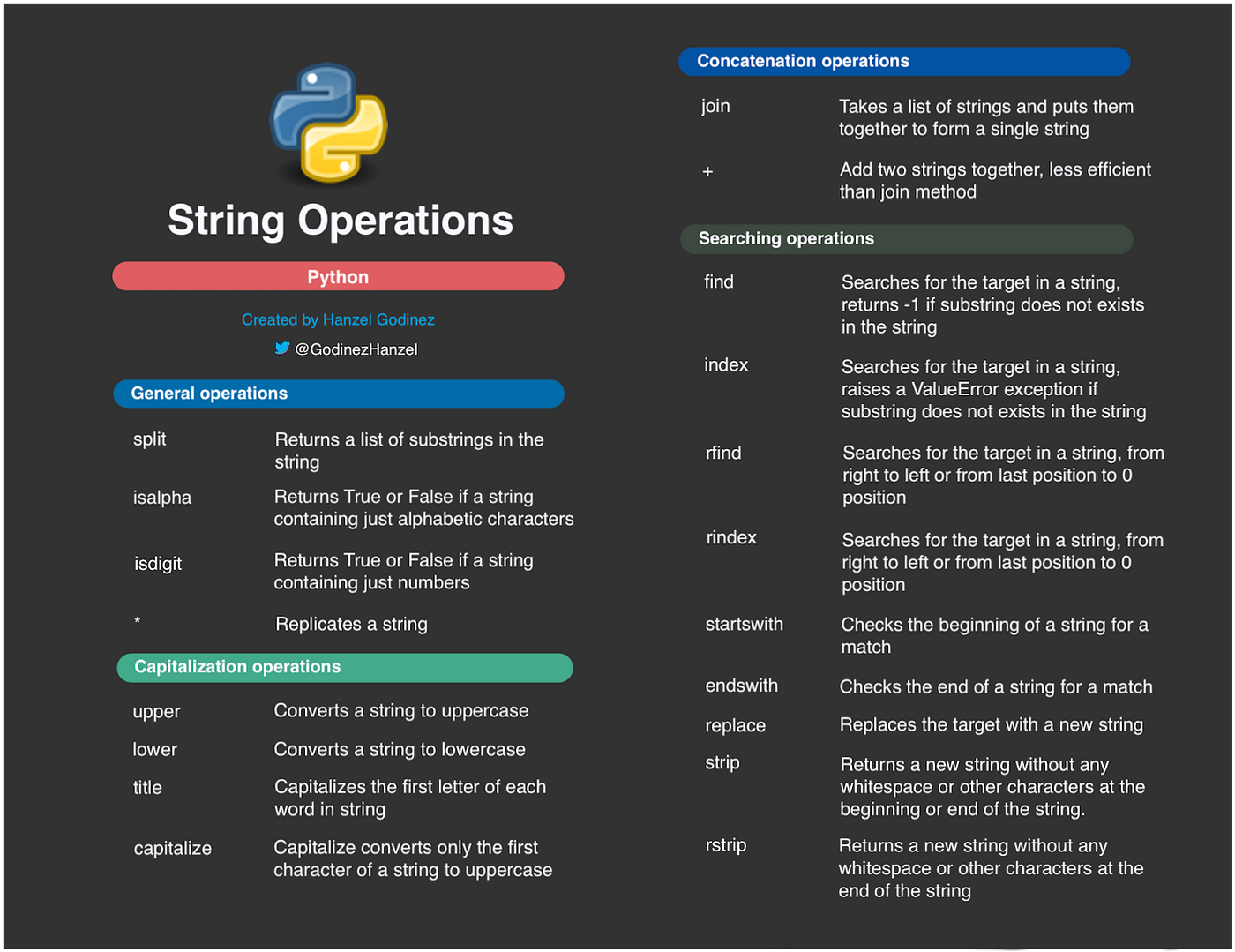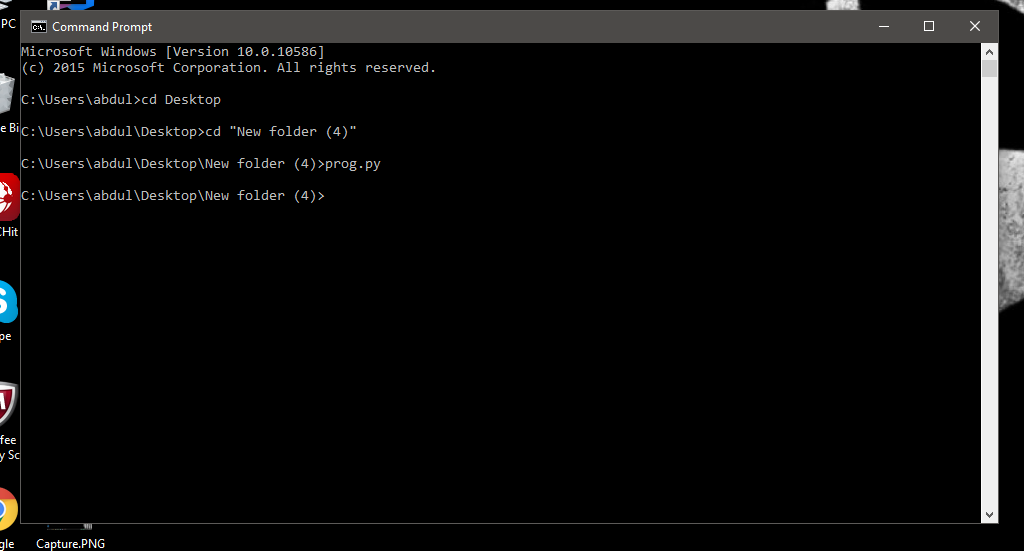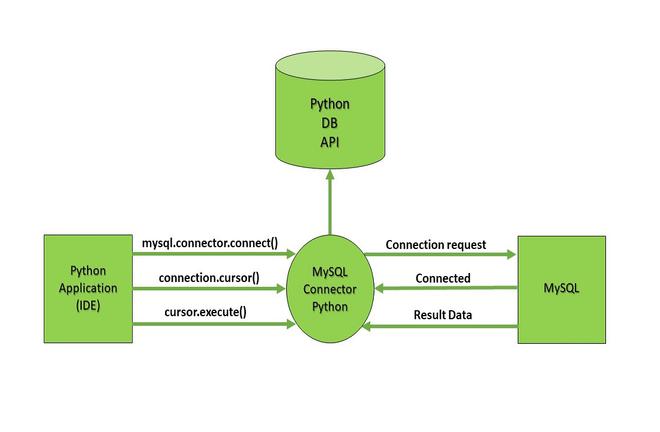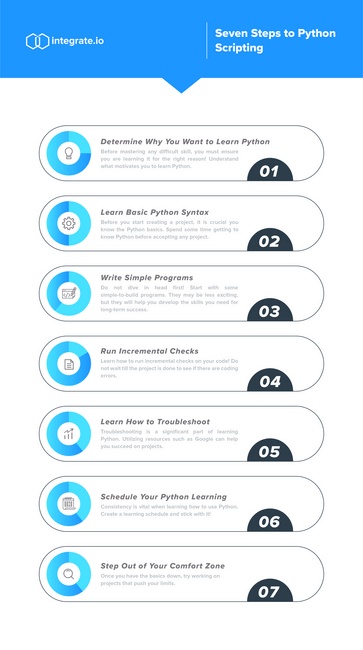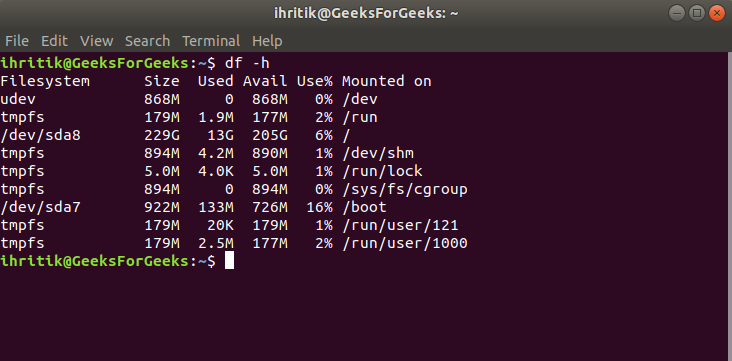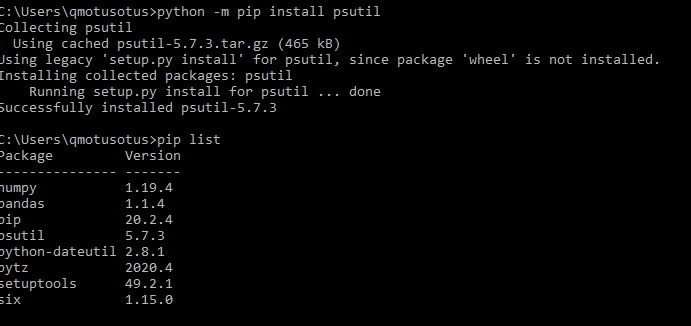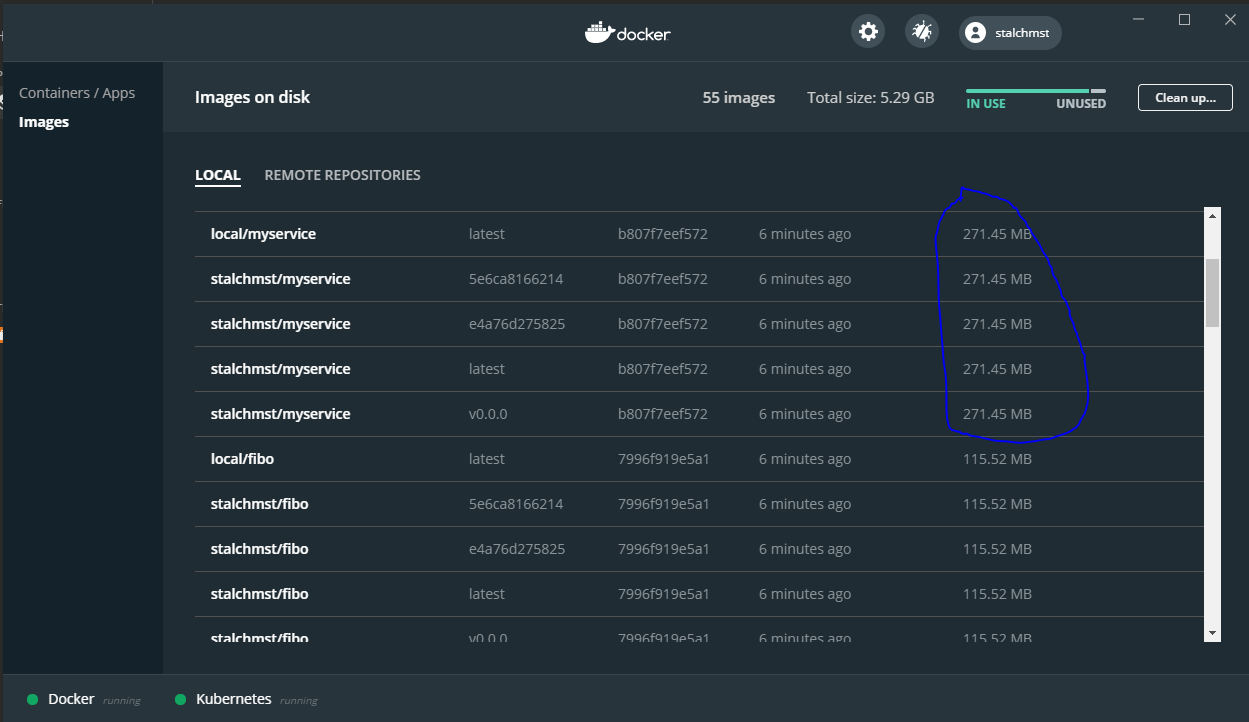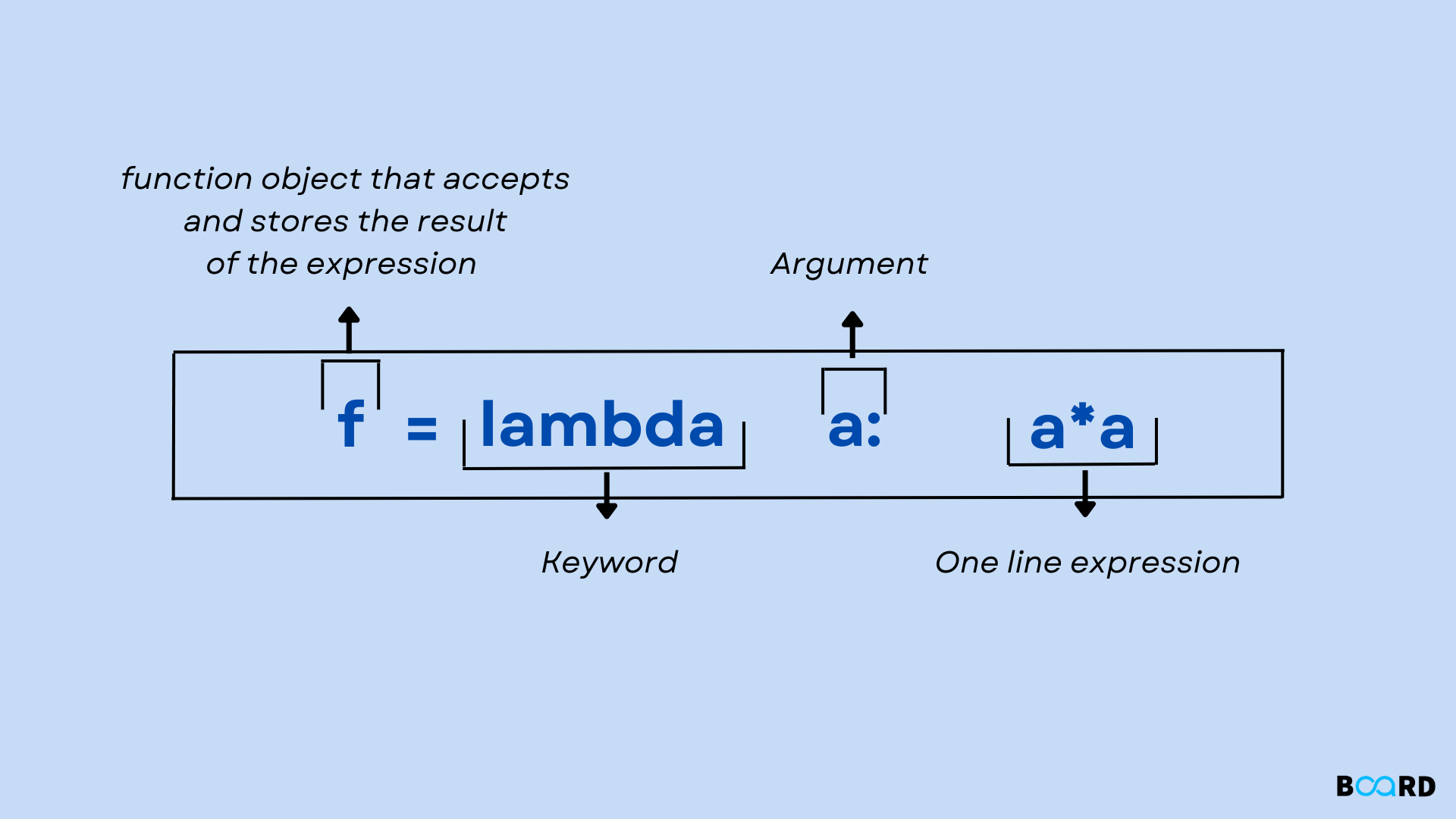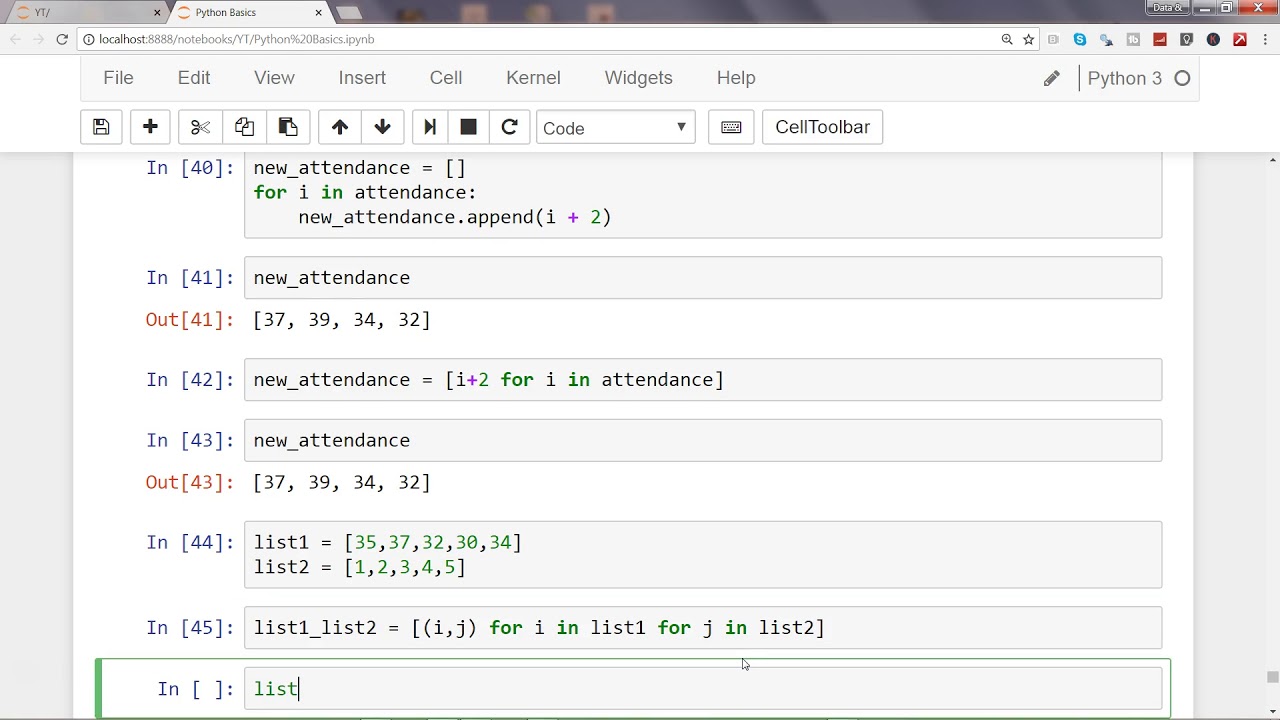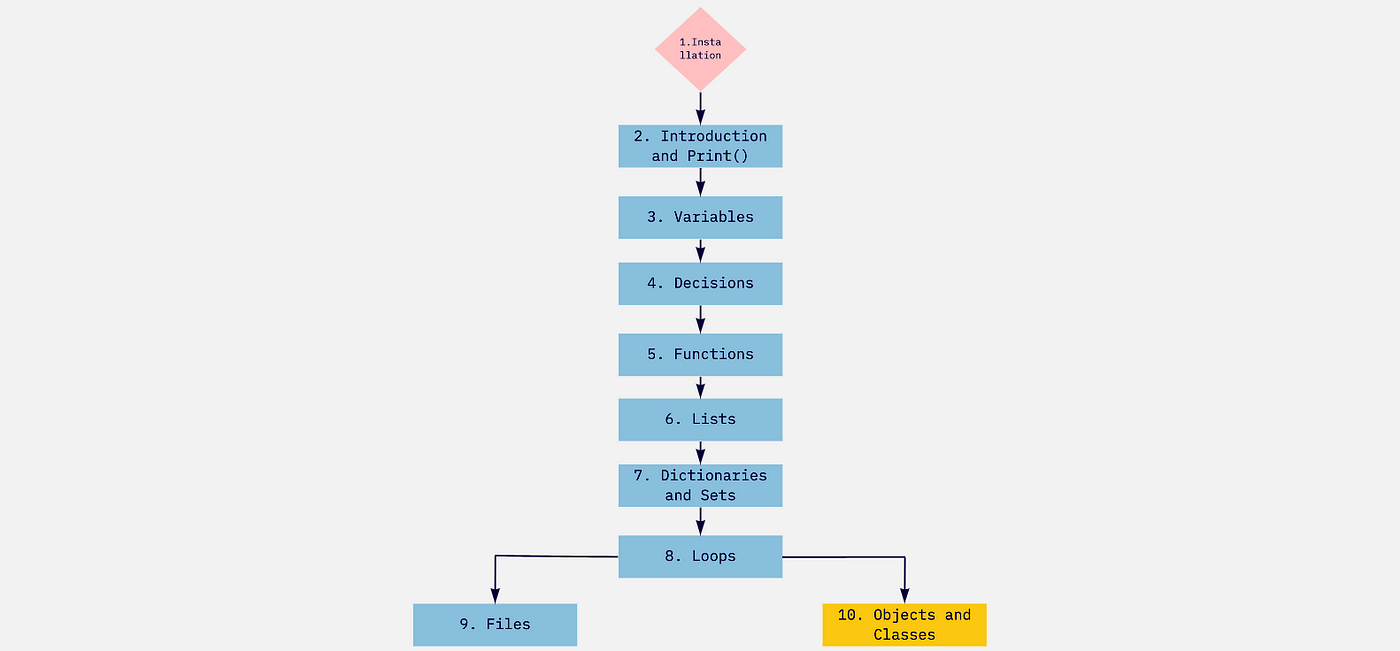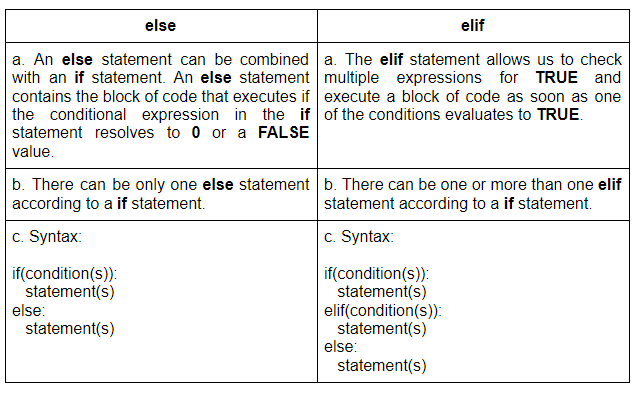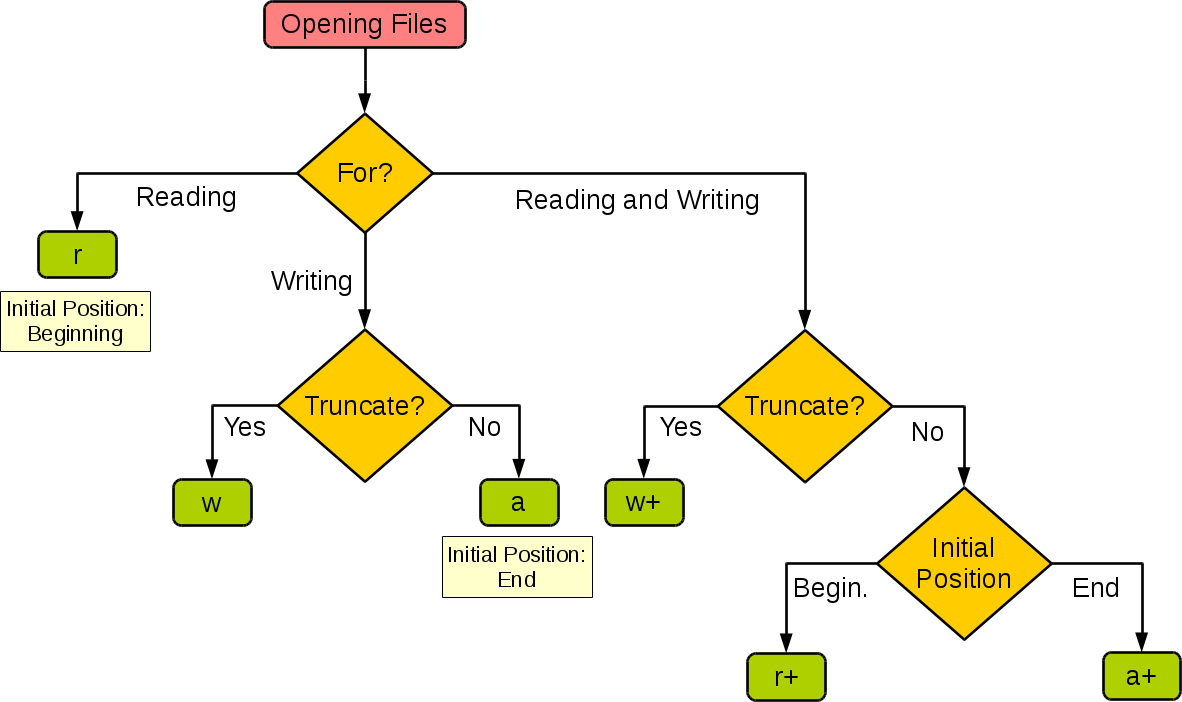Python dataframe if else in one line example
Python dataframe if else in one line example
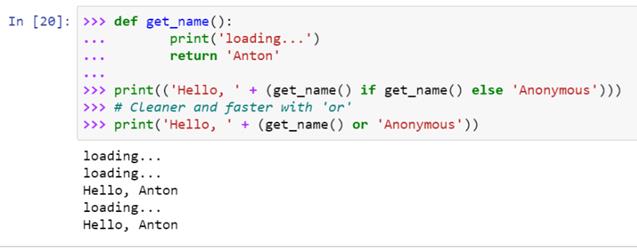
I'd be happy to provide an example of using the "if-else" statement with a Pandas DataFrame, all in one line! Before we dive into the code, let's discuss what we're trying to achieve.
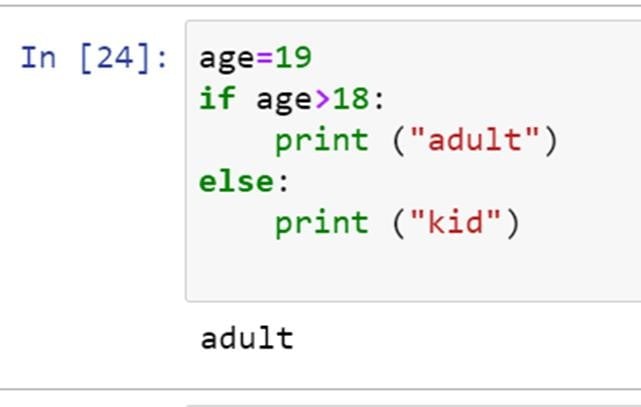
Imagine you have a dataset containing information about employees, including their names, ages, and departments. You want to create a new column that categorizes each employee based on their department. If they're from HR or IT, you want to label them as "Specialized". Otherwise, you'll simply label them as "General".
Here's the code:
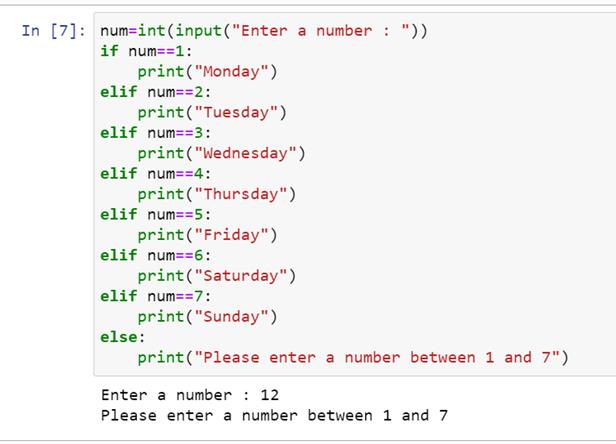
import pandas as pd
Create sample DataFrame
data = {'Name': ['John', 'Jane', 'Jim', 'Sarah', 'Tom'],
'Age': [30, 25, 35, 28, 42],
'Department': ['HR', 'IT', 'Marketing', 'Sales', 'Finance']}
df = pd.DataFrame(data)
Use if-else statement to create new column
df['Category'] = df['Department'].apply(lambda x: 'Specialized' if x in ['HR', 'IT'] else 'General')
print(df)
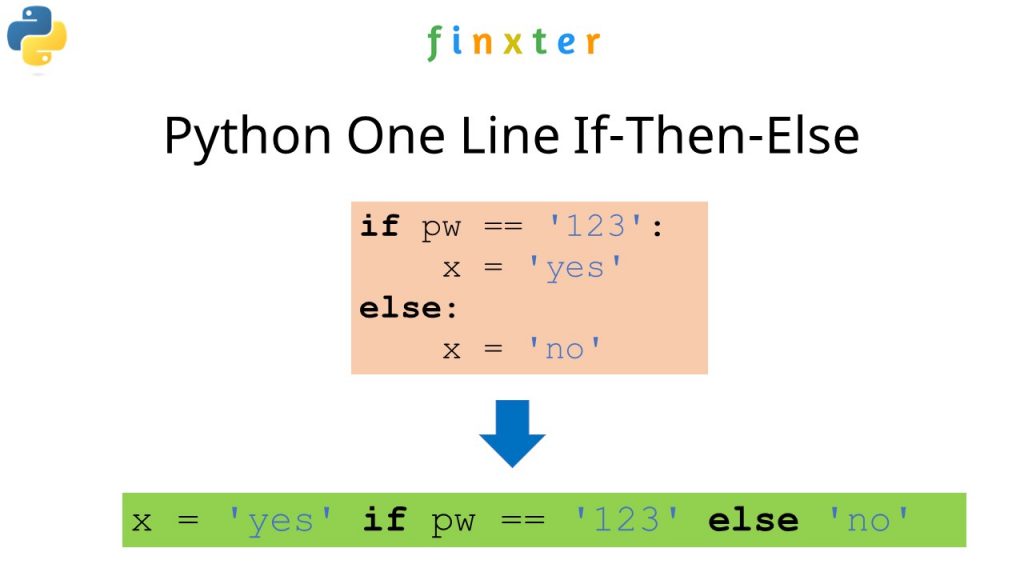
Output:
Name Age Department Category
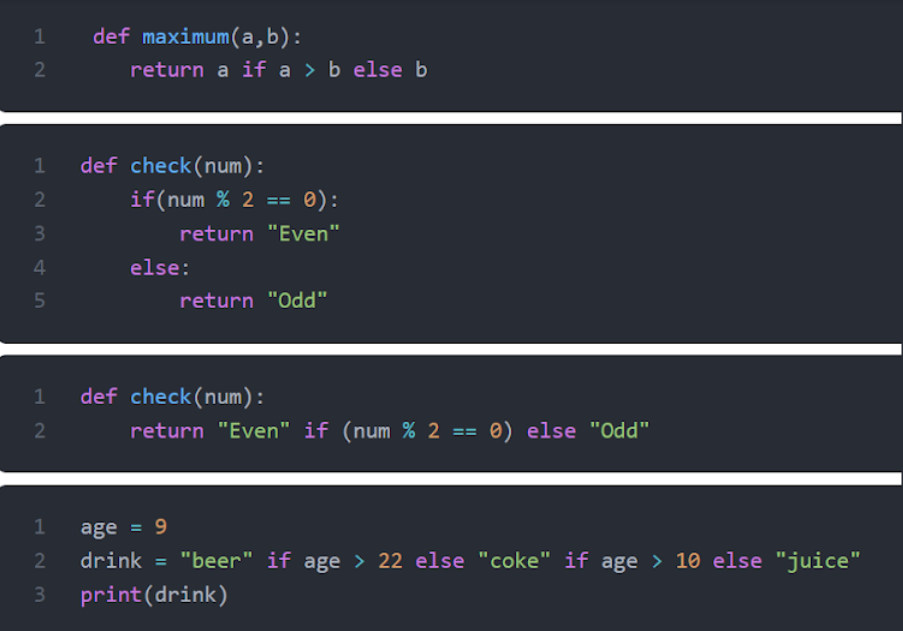
0 John 30 HR Specialized
1 Jane 25 IT Specialized
2 Jim 35 Marketing General
3 Sarah 28 Sales General
4 Tom 42 Finance General
In this example, we use the apply() method to apply a lambda function to each element in the 'Department' column. The lambda function takes an element (x) as input and returns either 'Specialized' or 'General', based on whether x is in the list ['HR', 'IT'].
The if-else statement within the lambda function checks the condition and returns the appropriate label. This allows us to create a new column ('Category') that categorizes each employee based on their department, all in one line of code!
This example illustrates how you can leverage Pandas' vectorized operations and conditional statements to perform data manipulation and analysis efficiently.
python multiple if statements in one line

I'd be happy to help!
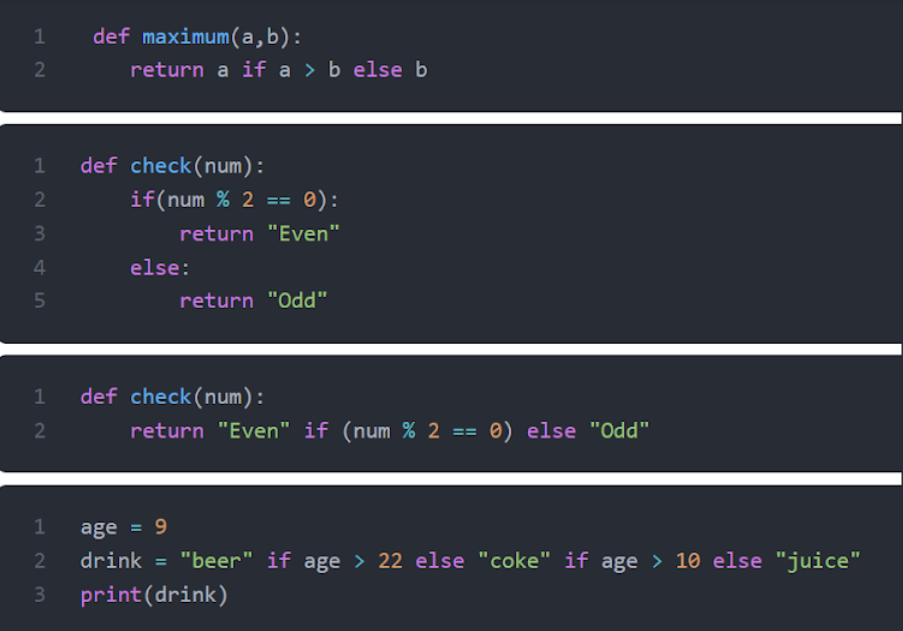
In Python, it is possible to use multiple if statements in a single line using conditional expressions (also known as ternary operators). This can make your code more concise and readable.
Here's an example:
result = 'yes' if condition1 else ('no' if condition2 else ('maybe' if condition3 else 'unknown'))
In this example, we're checking three conditions (condition1, condition2, and condition3) and assigning a string value to the variable result based on which conditions are true.
Let's break it down:
Ifcondition1 is True, assign the string 'yes' to result. If condition1 is False, then check condition2. If condition2 is True, assign the string 'no' to result. If both condition1 and condition2 are False, then check condition3. If condition3 is True, assign the string 'maybe' to result. If all three conditions are False, assign the string 'unknown' to result.
Here's an example of how you might use this:
def check_conditions(a, b, c):
return 'yes' if a > 10 and b < 5 else ('no' if a <= 0 or b >= 10 else ('maybe' if a % 2 == 0 or c == True else 'unknown'))
print(check_conditions(12, 3, False)) # Output: yes
print(check_conditions(-1, 11, True)) # Output: no
print(check_conditions(5, 6, True)) # Output: maybe
print(check_conditions(-10, -5, False)) # Output: unknown
In this example, the check_conditions function takes three integer arguments (a, b, and c) and returns a string based on whether these conditions are met:
a is greater than 10 and b is less than 5, return 'yes'. If a is less than or equal to 0 or b is greater than or equal to 10, return 'no'. If a is even (a % 2 == 0) or c is True, return 'maybe'. Otherwise, return 'unknown'.
Using multiple if statements in a single line can make your code more concise and easier to read, but be careful not to overcomplicate things! If you have many conditions to check, it might be better to use separate lines for each condition.
I hope this helps!
